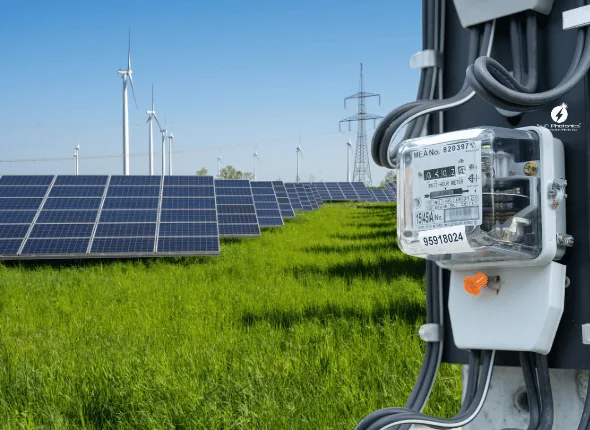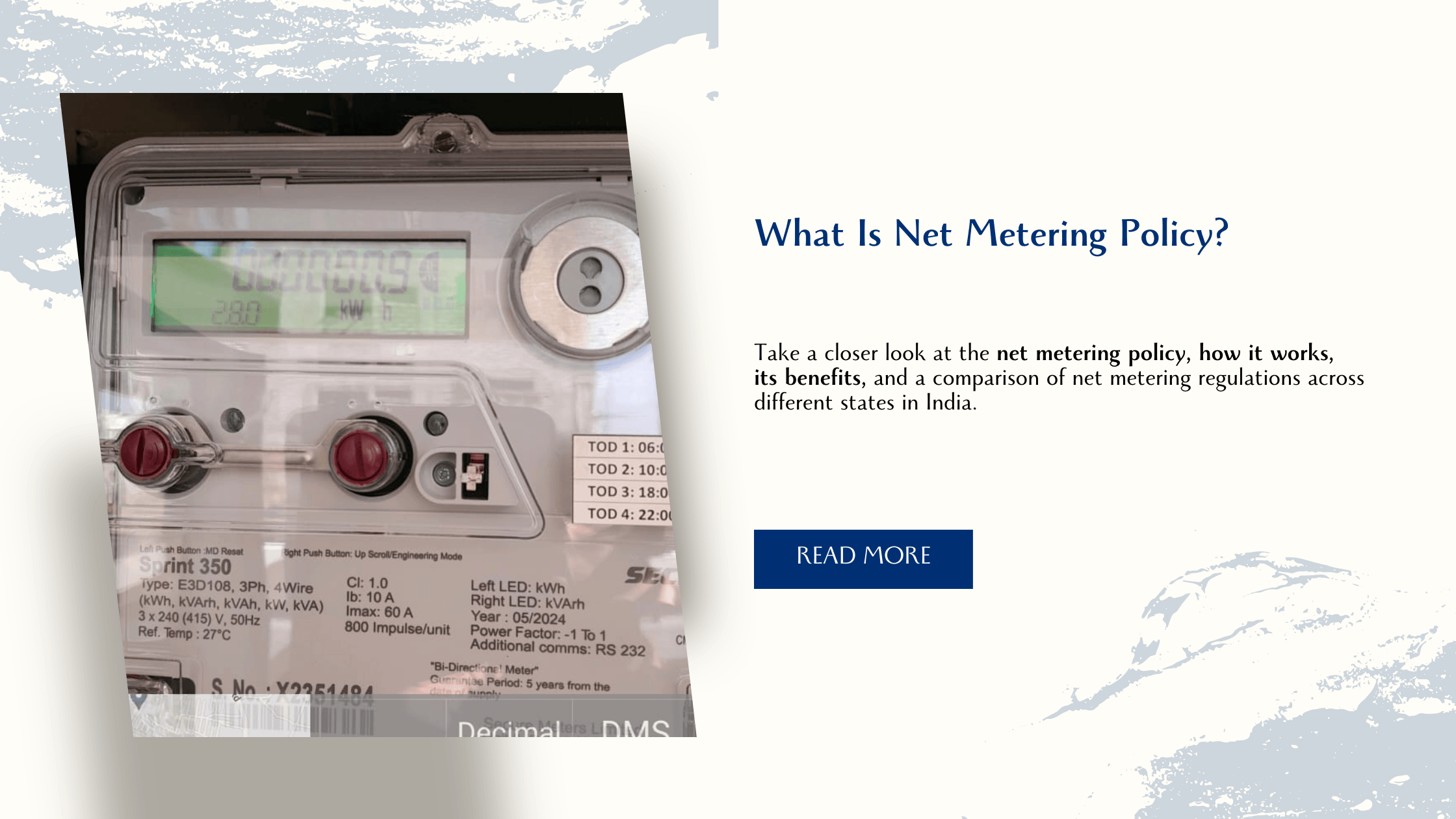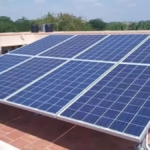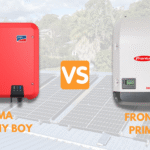Introduction

India is rapidly moving toward renewable energy. Rooftop solar systems are a big part of this change. One of the main policies supporting this shift is net metering. It allows solar users to supply extra power to the electricity grid. In return, they get credits on their power bills.
Let’s understand how net metering works and what the latest rules are in India.
What is Net Metering?
Net metering is a billing system. It lets solar panel owners send excess electricity to the grid. The power sent to the grid is recorded. Later, it is subtracted from the power consumed from the grid.
So, if you use less electricity than your solar panels generate, your bills reduce. In some cases, you may not have to pay anything.
Also Read How to Apply for MNRE Solar Subsidies in India (2025)
How Does Net Metering Work?
- Bi-directional Meter: A special electricity meter is installed. It records both import and export of electricity.
- Solar Generation: During sunny hours, your system may generate more electricity than needed.
- Feeding the Grid: The extra electricity goes to the grid.
- Credits: You get credits for the extra units. These are adjusted against the electricity you use at night or during cloudy weather.
National Guidelines (Updated 2025)
The Ministry of Power announced updated net metering rules. These are:
- Eligibility: Net metering is allowed for systems up to 500 kW or the sanctioned load—whichever is lower.
- Residential Focus: Mostly applicable to homes, small businesses, and housing societies.
- Time-of-Day Tariff: Some states may charge or credit more during peak hours.
- Gross Metering for Large Systems: Systems above 500 kW may fall under gross metering in some states.
State-Wise Net Metering Rules (Highlights)
Each state has its own electricity board (DISCOM). So, the rules can differ.
Delhi
- Net metering allowed for systems up to 1 MW.
- Benefits include full bill offset and credits for surplus power.
Maharashtra
- Permits systems up to 1 MW.
- Net metering available for both residential and commercial users.
Tamil Nadu
- Residential systems up to 1 MW allowed.
- Commercial users may have gross metering.
Karnataka
- Net metering allowed between 1 kW to 1 MW.
Gujarat
- Offers some of the best solar incentives.
- Allows net metering up to 1 MW.
Rajasthan
- Allows rooftop systems with net metering up to 1 MW.
Haryana
- Allows up to 2 MW for net metering.
Punjab
- Net metering up to 1 MW allowed for homes and societies.
Uttar Pradesh
- Net metering allowed up to 2 MW.
- Supports individual homes and group housing.
Always confirm with your local DISCOM before installing solar panels.
Benefits of Net Metering
- Lower Bills: Save money by reducing your electricity use from the grid.
- Better Return on Investment: Faster payback period on solar setup costs.
- Energy Security: Less dependence on power cuts or tariff hikes.
- Eco-Friendly: Promotes clean energy and reduces pollution.
Common Challenges
- Changing Policies: DISCOMs sometimes update policies with little notice.
- Delayed Approvals: Some users face long waits for net meter approval.
- Technical Issues: Grid capacity can limit approvals in some areas.
Steps to Apply for Net Metering
- Contact DISCOM: Visit your state electricity board’s office or website.
- Submit Application: Fill out the net metering request form.
- Approval Process: DISCOM will inspect your location and approve installation.
- Install Bi-directional Meter: Once approved, the DISCOM installs a two-way meter.
- Commissioning: After inspection, your system goes live.
- Credit Settlement: Monthly bills show energy import, export, and credits.
Documents Required
- Identity proof (Aadhaar or PAN)
- Electricity bill
- Property documents or rent agreement
- Solar system installation details
- Bank account for bill settlements or subsidies
Frequently Asked Questions (FAQs)
Q1: Is net metering available in all Indian states?
Most states offer net metering, but rules vary. Always check with your local DISCOM.
Q2: What is the limit for residential solar net metering?
Usually up to 1 MW, but this can change based on state policies.
Q3: What happens to unused credits?
Some states carry them over to the next month. Others reset them yearly.
Q4: Can I install solar panels without net metering?
Yes, but you won’t get credits for extra power. You can still reduce your direct consumption.
Q5: How long does it take to get net metering approval?
It can take 30–90 days, depending on the state and local DISCOM’s efficiency.
Final Thoughts
Net metering makes solar power more affordable and practical. It lets you make the most of your rooftop solar system by sending extra electricity back to the grid. This reduces your electricity bills and helps India transition to clean energy.
Always research your state’s latest policies before applying. Work with approved vendors and complete all formalities carefully to enjoy the full benefits of net metering.
Author- Ayush










